Earlier this week, the House’s Appropriations Subcommittee for Labor-HHS released a 379-page report accompanying the budget. I read (ok, skimmed) through the whole thing, and wanted to point out several items of interest.
First, there’s a subtle dig at the White House for proposing to reorganize various federal agencies without going to the right Congressional committees:
On a later page, the report emphasizes the same point:
Second, the House Committee seems worried about the National Academies:
I agree with all these concepts, but it is hard to tell what gave rise to this paragraph.
Third, at the National Institute for Occupational Safety and Health (which works on a wide variety of issues, such as the health of firefighters, the health and safety of miners, and more), DOGE had tried to basically kill off the entire effort. The House budget emphatically rejected most of these cuts, and instead recommends $239.5 million more than the administration had requested (which was a mere $73 million). Looks like NIOSH may be able to survive.
Fourth, as to scientific replication, the House has continued to support language from FY2024 (and increased the budget!):
I look forward to seeing what happens here.
Fifth, the House endorses the main “person not project” line of funding at NIH, although the language is less mandatory than last year’s:
As a reminder, the binding report language from FY24 directed NIH (using mandatory language) to explore expansion of this program, and to report back to the Appropriations Committee within 1 year (which would have been March 2025):
Fund the Person, Not the Project.--While many labs are funded by R01-equivalent grants, the R35 mechanism arguably allows scientists more flexibility and freedom to pursue the best possible science. At present, only NIGMS uses the R35 to a significant extent (more than four times as often as the rest of NIH put together), with its Maximizing Investigators' Research Award [MIRA] program. The Committee directs NIH to convene an expert panel on expanding the R35/MIRA grant type such that is more widely used across NIH Institutes and Centers, and to report back to the Committee within 1 year on NIH's plans for expanding the R35 along with its plans for evaluating the impact on scientific progress.
Sixth, as for indirect costs, the House not only praises recent efforts at reform, but acknowledges a recent working paper from Pierre Azoulay, Daniel Gross, and Bhaven Sampat on the true rate of indirect costs (rather than the sticker price). Nice work!
Seventh, despite an apparent attempt to minimize or get rid of BARDA, the House is increasing funding from 2025 levels:
Finally, despite all the rhetoric about abolishing the Department of Education, the House has recommended $66.7 billion, compared to a $78.7 billion appropriation last year. In other words, a $12 billion cut, not a $78 billion cut. That’s a steep cut, to be sure, but the Department of Education is very much still alive, and there are still many dozens of programs that are continuing.
As for the Institute of Education Sciences (the main office that fundseducation RCTs and that collects education statistics across the country), the administration had asked for a mere $261 million, but the committee is recommending $740 million (with “only” a cut of $52.7 million). If all goes well, we might be able to keep some semblance of education research and statistics going in this country.


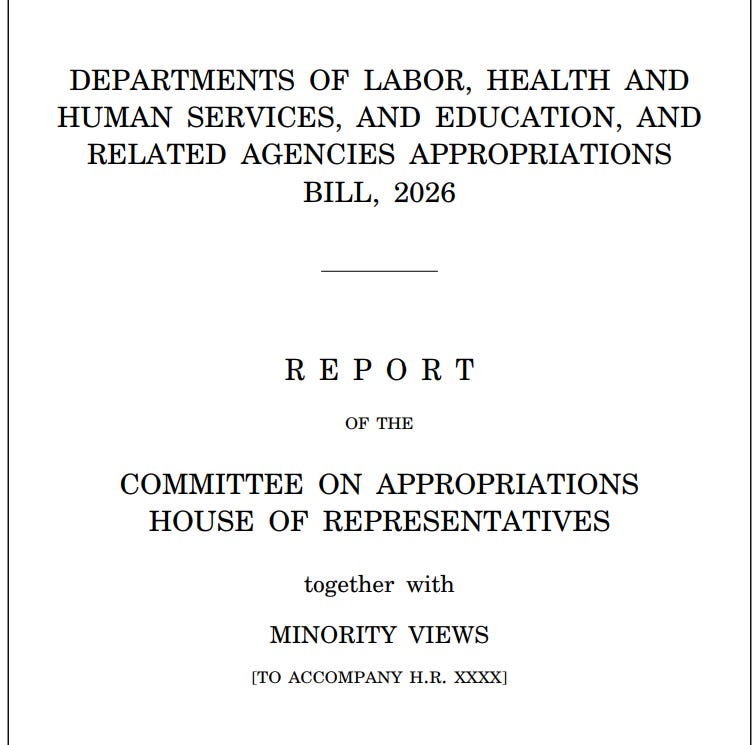


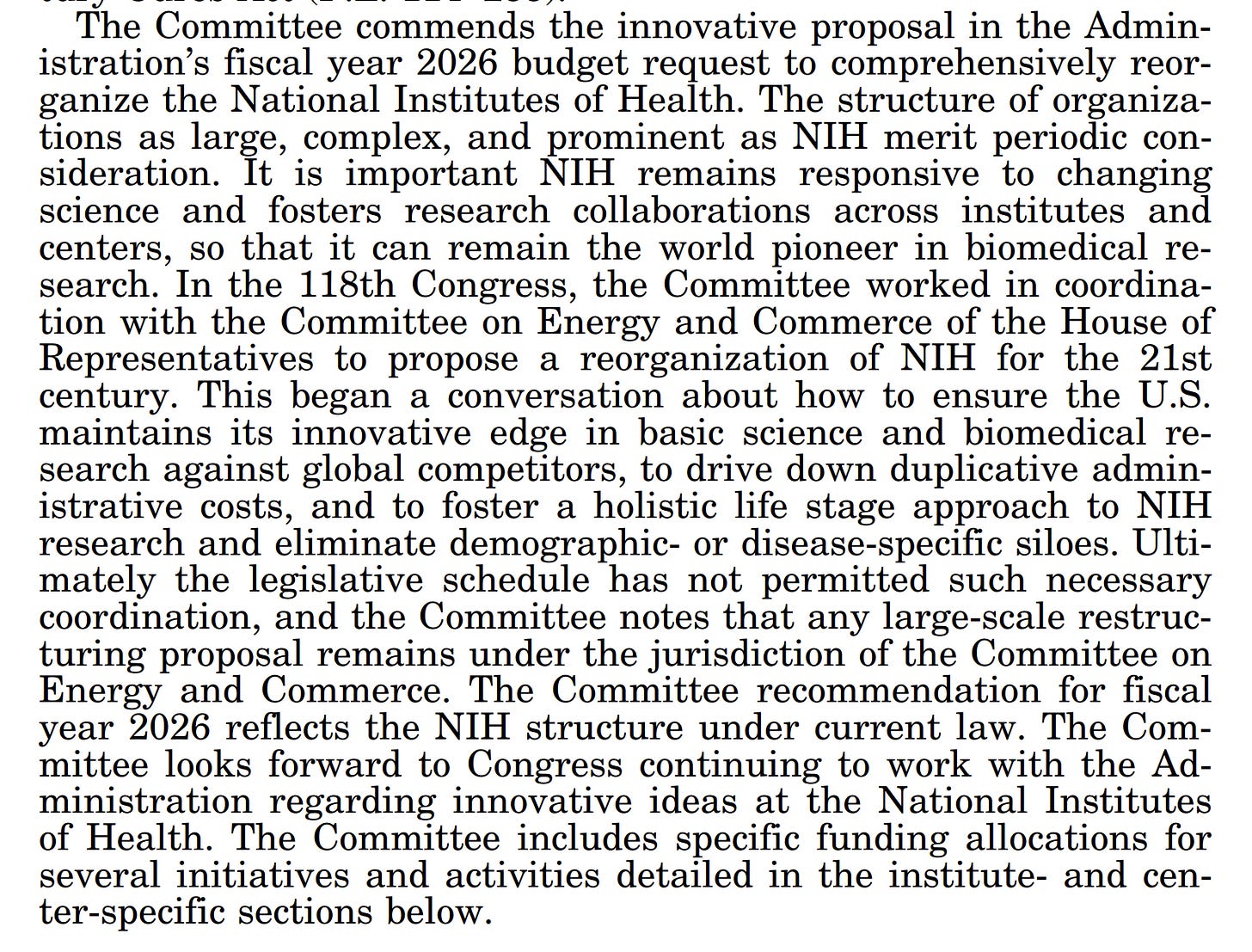
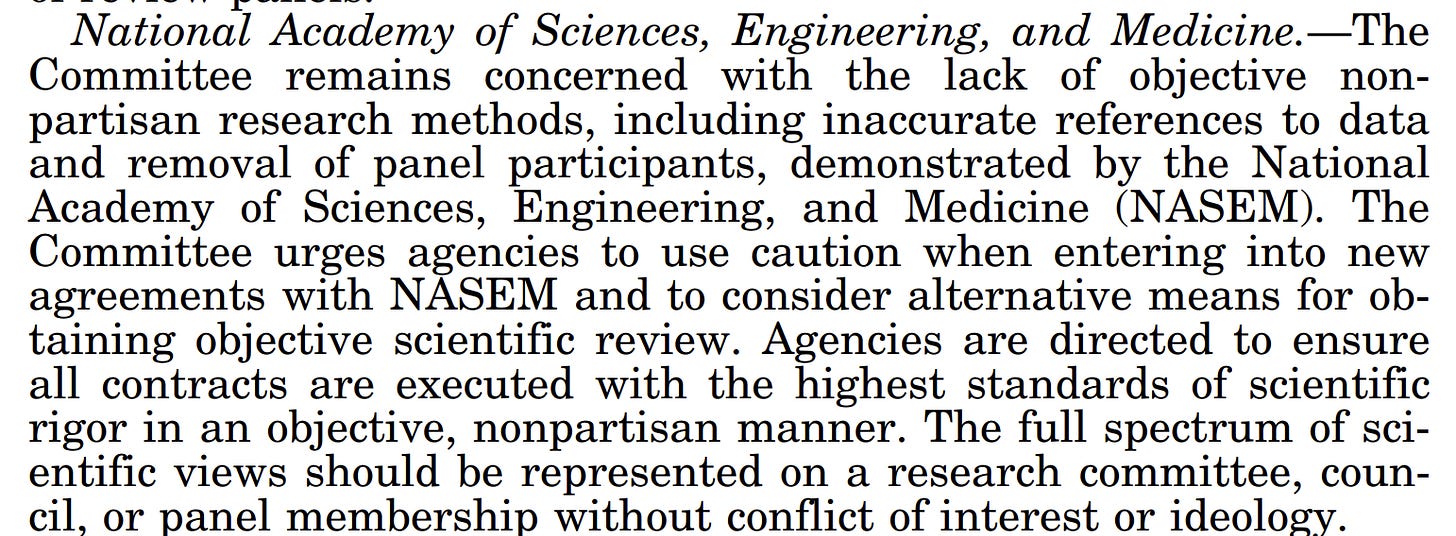
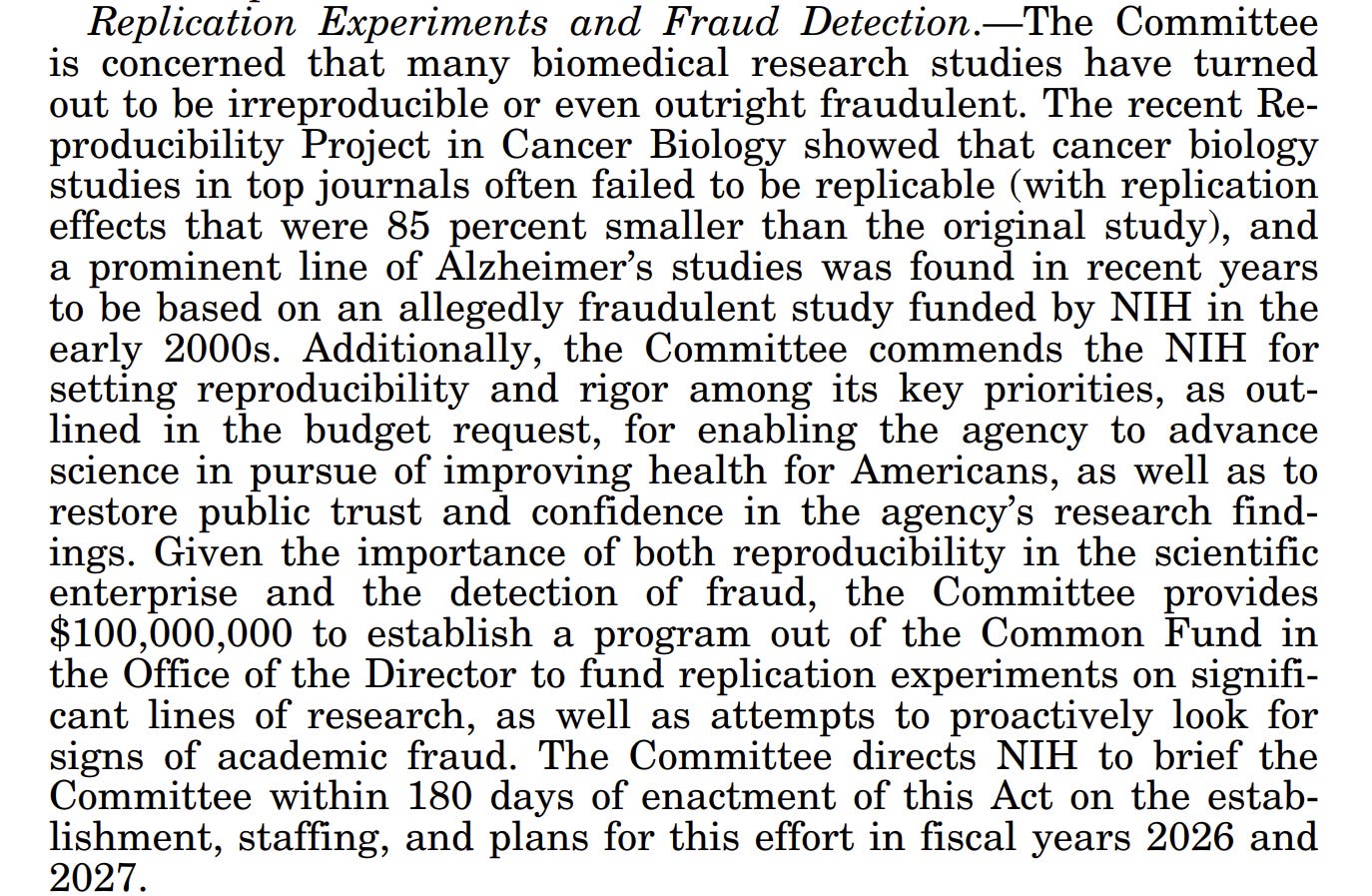

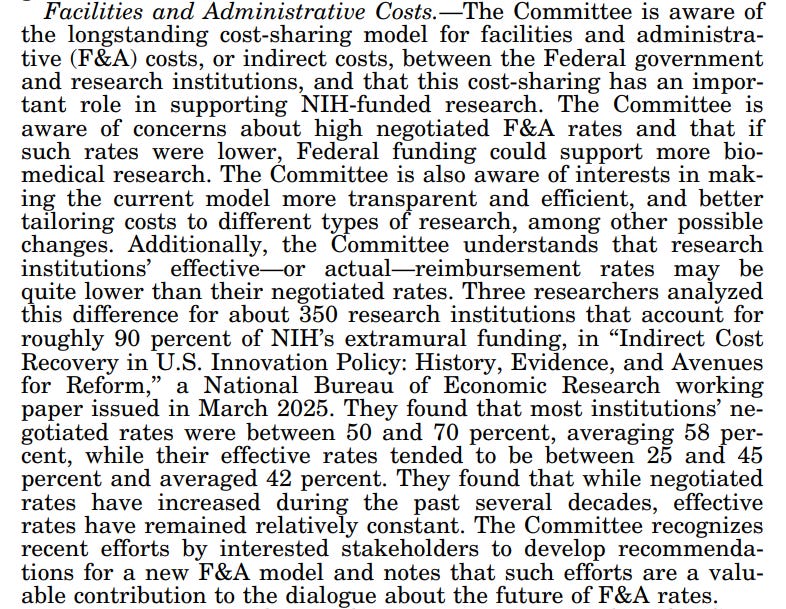


Never mind! HHS doesn’t cover the NSF.
This is very helpful. Thank you! What was the discussion about the NSF or was that not discussed?